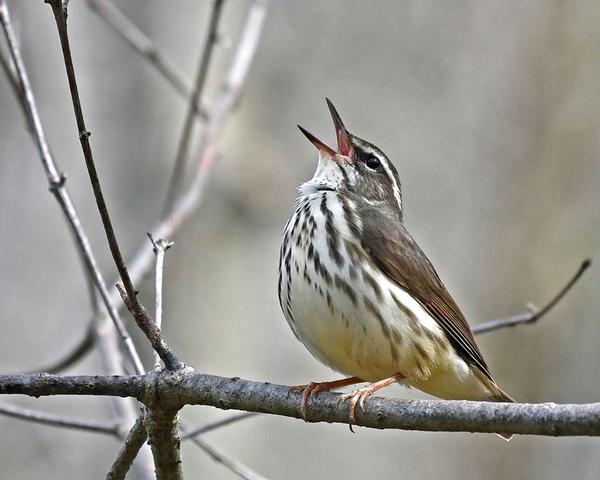
April 17, 2018: Despite this morning’s snow …
Last weekend’s warm weather and south winds brought migrating birds to western Pennsylvania.
Here are some of the new arrivals, illustrated in photos by Tony Bruno, Steve Gosser and Don Weiss. My descriptions include the locations where I saw the birds last weekend in case you’d like to look for them.
Louisiana waterthrush (Parkesia motacilla) at top: Found along clean, rushing streams. This bird bobs his tail even when standing still. Walks the water’s edge. Perches just above eye level when he sings. At Cedar Creek Park and Walker Park.
Yellow-throated warbler (Setophaga dominica) below: Found near creeks and often in sycamores. Walks on the trunk and large branches, often quite high. At Raccoon Creek Wildflower Reserve and Walker Park.
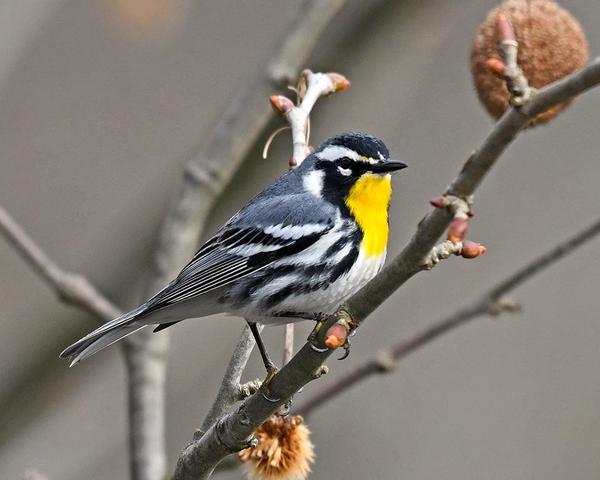
Pine warbler (Setophaga pinus) below: Slow-moving warbler who favors pines but can be found in any tree on migration. Walks on the trunk and large branches. At Snead’s.
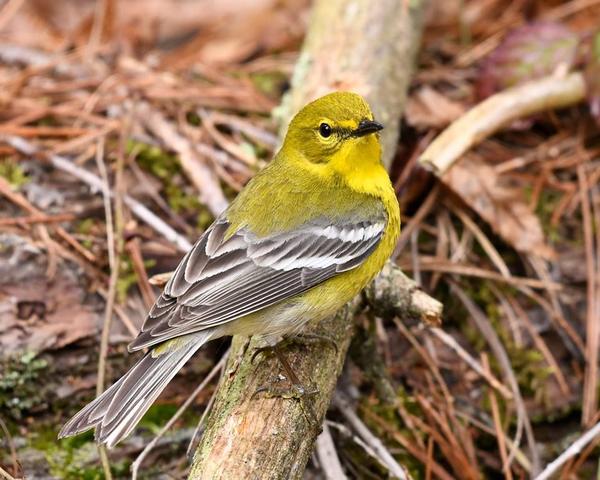
Yellow-rumped warbler (Setophaga coronata) below: An active warbler with a tiny dark vest and yellow rump. Flits among smaller branches. Seen at Walker Park, but found nearly everywhere during migration. This bright-colored bird is male. The females are brown where this one is black.
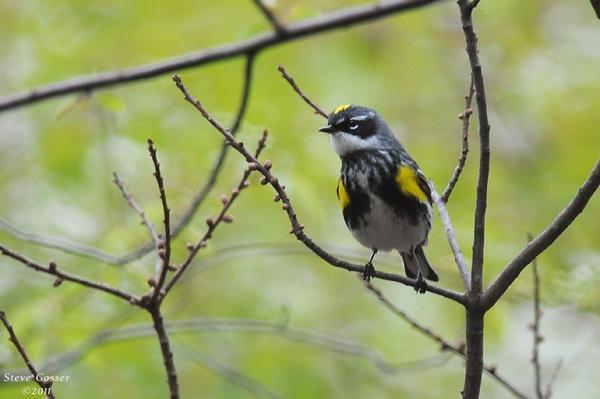
Ruby-crowned kinglet (Regulus calendula) below: Not a warbler but can be confused due to its similar size. Very hyperactive. Flits and hovers among small branches. You’ll find this bird nearly everywhere on migration. By the way, ruby-crowned kinglets stay all winter in eastern Pennsylvania.
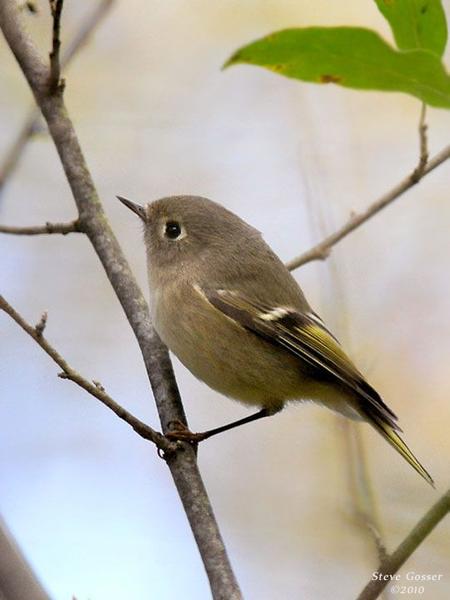
Swallows and chimney swifts: If you’re desperate to see swallows and swifts in the spring, stop by a sewage treatment plant. The nutrient rich outflow spawns flying insects that these birds eat on the wing. I saw my first tree swallows (Tachycineta bicolor) along Route 65 near the McKees Rocks Bridge, just downstream from Alcosan.
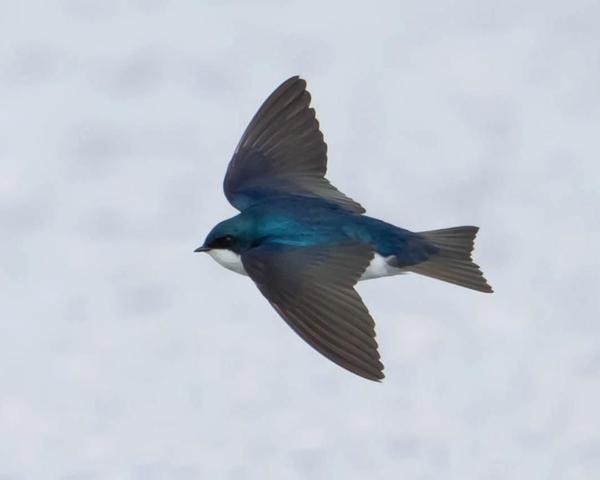
Winter wren (Troglodytes hiemalis) below: “Winter” is passing through. Petite with striped flanks and a tiny cocked tail. Look for him poking for insects among fallen logs and rocky outcrops. Nests north of Pittsburgh and in the Laurel Highlands. Seen at Schenley Park, Raccoon Wildflower Reserve and Walker Park.
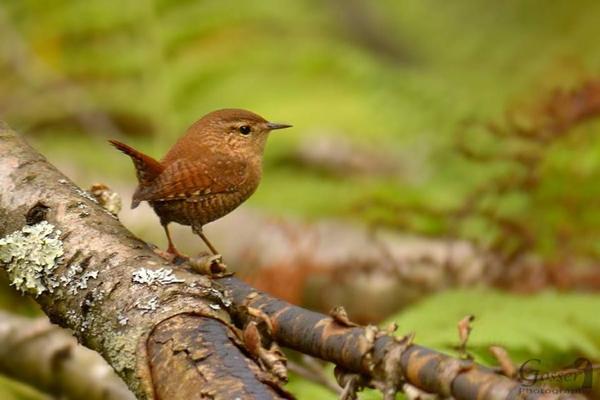
If it hadn’t turned cold, it would be a good week to get outdoors.
(photos by Tony Bruno, Steve Gosser and Don Weiss)
I saw cormorants in the lake at North Park lake
Hatching @ 8 am, but I think Hope did her usual thing ?. I also think there is a pip in another egg. Why, why, why Hope. We want little babies to watch grow up.
Also, beautiful birds you posted!
Hope just did the same thing to 2nd chick @ 9 am. So weird and so sad for the baby. Where is Terzo? She takes such good care of the eggs too. Hopefully at least one will survive.